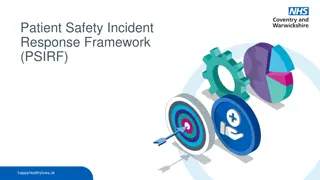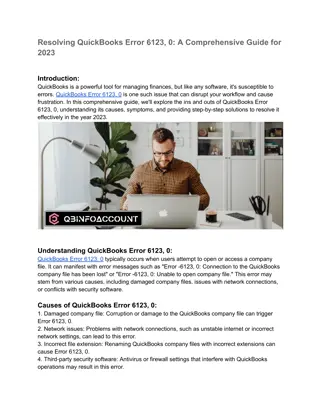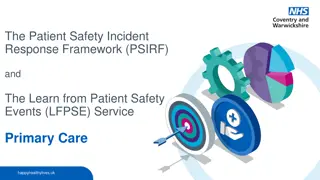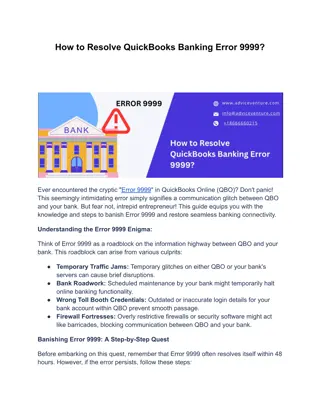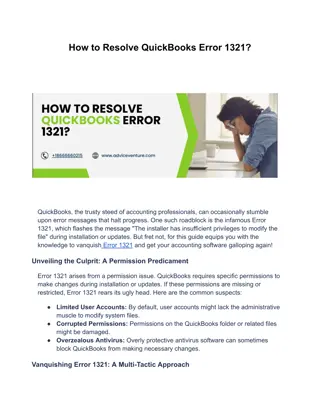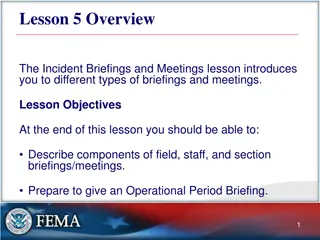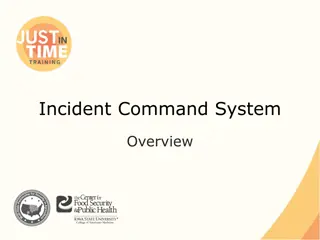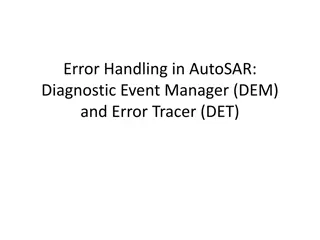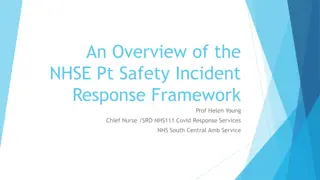Spotlight on Patient Safety: Key Lessons from a System Error Incident
A poignant reflection on a critical patient safety incident where multiple individuals contributed to a mistake, emphasizing the importance of addressing systemic issues, supporting staff, improving equipment, and fostering a culture of reporting errors for continuous improvement and development.
Download Presentation

Please find below an Image/Link to download the presentation.
The content on the website is provided AS IS for your information and personal use only. It may not be sold, licensed, or shared on other websites without obtaining consent from the author.If you encounter any issues during the download, it is possible that the publisher has removed the file from their server.
You are allowed to download the files provided on this website for personal or commercial use, subject to the condition that they are used lawfully. All files are the property of their respective owners.
The content on the website is provided AS IS for your information and personal use only. It may not be sold, licensed, or shared on other websites without obtaining consent from the author.
E N D
Presentation Transcript
Patient safety Group A2 Names of students: - Ibrahim Fetyani - Ahmed Badahdah - Fahad Askar - Faisal Alyahya - Abdulmajeed Alotaibi - Abdulaziz Almotairi - Abdullah Aleidan - Mohammed Alghamdi - Ibrahim Alasous - Rakan Alebrah - Faisla Alzeer
Annie's Story: How A System's Approach Can Change Safety Culture https://www.youtube.com/watch?v=zeldVu-3DpM&feature=youtu.be
Video summary Andrea (RN) : patient care technician came to me and she told me I need to let you see the screen she showed me the glucometer. Mark (RN) : she saw the word (High) flash on the screen and that s what she assumed was the results that she had. Andrea (RN) : she said I just feel like my blood sugar is really high I don t feel good I know my body so there wasn t any suspicion that it would be low so when the error message comes up it confirmed that. So rechecked her blood sugar and the same thing popped up. So I covered her with insulin and I called the physician and by the time she become non-responsive. Mark (RN) : ended up being rapid response and requiring transfer of the patient to the intensive care unit. Nurse said I misread the glucometer and the patient had Severe hypoglycemic event and had to go the ICU before it was caught. Andrea (RN) : during the response we checked the glucose twice and the same thing happened the screen said glucose greater than 600. The next day I received a call that the whole time her blood sugar was critically low. Mark (RN) : shortly after this incident another nurse made the same error.
Video summary Andrea (RN) : it never came to mind that the glucometer was incorrect. It was the worst experience I have ever had in my professional career. Mark (RN) : The nurse manager called our human resources department said explain the error . We didn t fully understand the equipment and the message that it displayed and then they said I think you need to suspend her until investigation is completed Andrea (RN) : I am a nurse because I come to take care of people I come to do my job I am very passion about what I do and for a long time it really shocked me like when I came to work I was scared to take care of patients and I was really apprehensive about everything I wasn t really confident anymore it really shocked me to the core! Mark (RN) : I questioned it with my boss and she had the suggestion to invite some of the staff from the human factors engineering Human factor engineering staff were requested and it turned out that the reason was a error in the function of the device The management apologized to Andrea and confirmed it wasn t he fault but it was the fault of many people
What did we conclude from the video?!! The action of more than one people lead to this mistake it was a process We need to fix the process and not blame the staff immediately We should improve the equipment to have the desired outcome Leadership should support the staff and treat them fairly Every body in the system, should understand what is the system approach and should report errors and near miss errors directly to avoid any future accidents The system is an interaction of all staff members and it should have contentious improvement for contentious development
2 characteristics of High Reliability Organization (HRO)
High reliability organizations are reluctant to accept "simple" explanations for problems Broad, rational excuses can be attractive when processes don't work well. But high reliability organizations resist simplifications. While it is beneficial to simplify some work processes, high reliability organizations recognize the risks of painting with broad strokes and failing to dig deeply enough to find the real source of a particular problem.
High reliability organizations have a preoccupation with failure Every employee at every level in a high reliability organization is encouraged to think of ways their work processes might break down. This sense of shared attentiveness is constant. It is applicable to small inefficiencies and major failures, including medical errors. Employees are encouraged to share their concerns for potential failures, which can help create best practices across departments.




